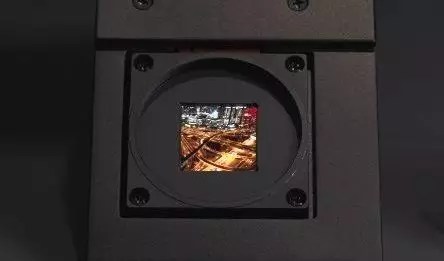LG has recently announced a groundbreaking advancement in OLED technology with the introduction of OLEDoS panels boasting a peak brightness of a staggering 10,000 nits. This leap in display capabilities represents a significant shift in the industry’s approach to visual clarity and intensity, particularly in the realm of virtual reality (VR) headsets.
The OLEDoS Innovation
Dubbed OLED on Silicon, or OLEDoS, the new display panel by LG utilizes a unique method of depositing OLED directly onto silicon wafers. While this technique is not entirely new, LG’s implementation pushes boundaries with its minuscule 1.3-inch size and impressive 3,840 by 3,840 resolution, resulting in a remarkable 4,175 dots per inch (DPI) pixel density. This advancement promises ultra-high definition imagery and eliminates the dreaded screen-door effect commonly associated with visible pixelation in VR environments.
Unmatched Visual Realism
The standout feature of the new OLEDoS panels lies in their extreme brightness capability of 10,000 nits, a specification that surpasses conventional displays by a significant margin. This level of luminance is poised to enhance the realism of VR experiences, mimicking the intensity of natural sunlight reflecting off various surfaces. However, concerns regarding eye safety may arise from sustained exposure to such intense brightness levels, prompting further exploration into the potential risks associated with prolonged usage.
In comparison to Apple’s Vision Pro mixed reality headset, which incorporates micro-OLED panels rated at 5,000 nits, LG’s OLEDoS panels represent a notable advancement in display technology. While Apple’s offering boasts a respectable pixel density of approximately 3,400 DPI, LG’s panels excel in resolution and visual fidelity, setting a new standard for immersive VR experiences. The potential synergy between Apple’s established technology and LG’s innovative panels hints at a promising future for VR headset development.
While the specifics of an actual VR headset utilizing LG’s new OLEDoS panels remain undisclosed, the implications of this technological breakthrough are vast. The potential for creating unparalleled 3D experiences and elevating the realism of virtual environments marks a significant step forward in the evolution of VR technology. As the industry continues to push boundaries and redefine visual standards, LG’s OLEDoS panels signal a bright future for immersive and engaging virtual reality applications.


Leave a Reply